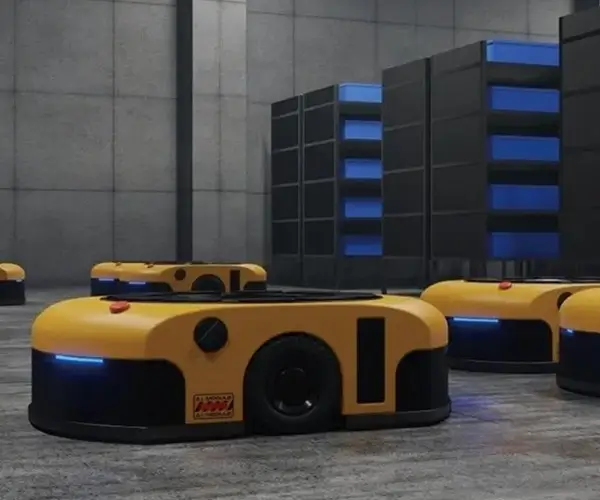Looking to bring your projects to life with precision? Enter the world of servo motors for Arduino—compact, powerful, and surprisingly versatile. Imagine coding a tiny robot arm to pick up objects or creating a smooth-moving camera slider to capture those perfect shots. With the right programming, your ideas can leap off the sketchpad and into reality.

Let’s talk about how simple it can be to get started. You grab a servo motor, connect it to your Arduino, and suddenly, you’re controlling something that feels almost alive. It’s like giving your machine a small, obedient muscle. But here's the kicker: the real magic comes when you dive into programming. You’re not just moving things back and forth—you’re tailoring the movement. Setting the servo to rotate to a specific angle, or even making it follow complex paths—there’s room for experimentation.
Ever wonder how precise a servo can be? Well, with the right code, you can achieve movements down to a few degrees. That’s enough finesse to create robot hands picking up tiny components or scientific experiments with accurate positioning. It's also a great way to learn about feedback loops and control systems, even if you’re just tinkering for fun.
How easy is it to program? Surprisingly straightforward. Even if you're new to coding, you can harness the built-in libraries and plenty of example codes to get moving in no time. Just feed in a few commands, and your servo responds immediately. Plus, it’s super reliable—no surprises when you need steady, repeatable motions.
Thinking about incorporating multiple servos? No problem. Just keep your power supply in check, and you're all set for machines that are more complex and capable. Imagine aligning several servos to work together for a mini animatronic face or synchronized moving arms—it’s all doable, and the results are pretty impressive.
Customer stories? Plenty have used these components in custom drones for precise camera angles, robotic bartenders mixing drinks with exact movements, or automated model trains that zigzag around a layout smoothly. The possibilities seem endless—that’s what makes this such a exciting tool.
There’s a question many people ask: "Can I control the servo with sensors?" Absolutely. With some simple coding, your servo can respond to light, distance, or even sound inputs. Turn on a light, and watch the servo adjust your solar panel to face the sun. Or a sensor detects an obstacle and automatically stops a moving part—think smarter, safer machines.
So, if you’re ready to experiment and turn ideas into tangible projects, a servo motor paired with Arduino is a smart choice. Imagine integrating all sorts of sensors, motors, and switches—your projects become more than just simple DIY toys. They become tools of innovation.
Choosing the right servo isn't just about specs; it’s about feeling confident that your setup will work when you need it. Good quality servos provide consistent performance, easy integration, and a lot of room to grow. Once you start experimenting with programming movements, you'll realize how much potential lies in just a tiny device.
It’s exciting, really. No matter what you're building—robotic arms, remote-controlled vehicles, or artistic installations—the servo motor can bring control and finesse. So, why not dive in? Your next project is just a few lines of code away from coming alive with motion and purpose.
Established in 2005, Kpower has been dedicated to a professional compact motion unit manufacturer, headquartered in Dongguan, Guangdong Province, China. Leveraging innovations in modular drive technology, Kpower integrates high-performance motors, precision reducers, and multi-protocol control systems to provide efficient and customized smart drive system solutions. Kpower has delivered professional drive system solutions to over 500 enterprise clients globally with products covering various fields such as Smart Home Systems, Automatic Electronics, Robotics, Precision Agriculture, Drones, and Industrial Automation.




































